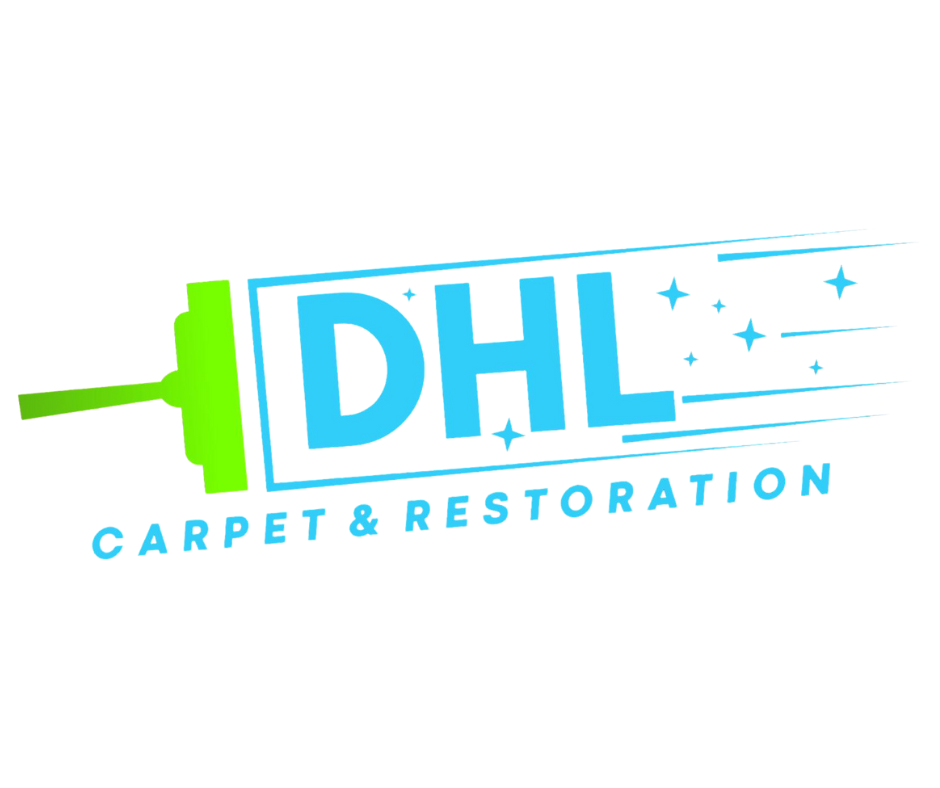When mold starts growing in your home, the instinct may be to grab a spray bottle and scrub it away. While some surface mold can be handled with basic supplies, not all growths respond well to DIY methods. It’s important to know which techniques are effective and which ones may actually make the problem worse. Understanding the limits of home-based Mold Removal can help you make safer, smarter decisions for your property and health.
When DIY Cleaning Can Be Effective
Small patches of mold on non-porous surfaces like tiles or glass can sometimes be removed with common household products. Using vinegar, hydrogen peroxide, or baking soda may help clean minor mold spots and neutralize odors. Proper ventilation during cleaning and protective gear like gloves and masks are essential. However, these methods are only appropriate when the mold is minimal, the source of moisture has been fixed, and there are no signs of deeper contamination.
What Doesn’t Work and Why It’s Risky
One of the most common mistakes in DIY mold cleaning is using bleach on porous materials like drywall or wood. While bleach may lighten stains, it doesn’t penetrate deep enough to kill the roots of the mold. This allows regrowth and may release more spores into the air. Simply painting over mold without removal or using scented products to mask the odor also fails to address the actual contamination. These shortcuts create the illusion of cleanliness while leaving your home at risk.
Health Hazards from Incomplete Removal
Attempting mold cleanup without proper containment and filtration can lead to spore spread throughout the home. For individuals with asthma, allergies, or immune sensitivities, this can lead to serious health consequences. Airborne mold can settle in HVAC systems, behind walls, or under flooring—where it silently spreads. In these cases, professional Mold Removal is necessary to ensure all contaminated areas are identified and safely treated.
Knowing When to Call a Professional
If the mold covers a large area, keeps coming back, or is accompanied by musty smells and water damage, it’s time to seek expert help. Professionals use specialized tools, protective equipment, and containment procedures that most homeowners don’t have access to. They also address moisture sources to prevent recurrence. While small DIY efforts may help in isolated cases, full remediation provides peace of mind that your home is truly safe and mold-free.
Learn More

